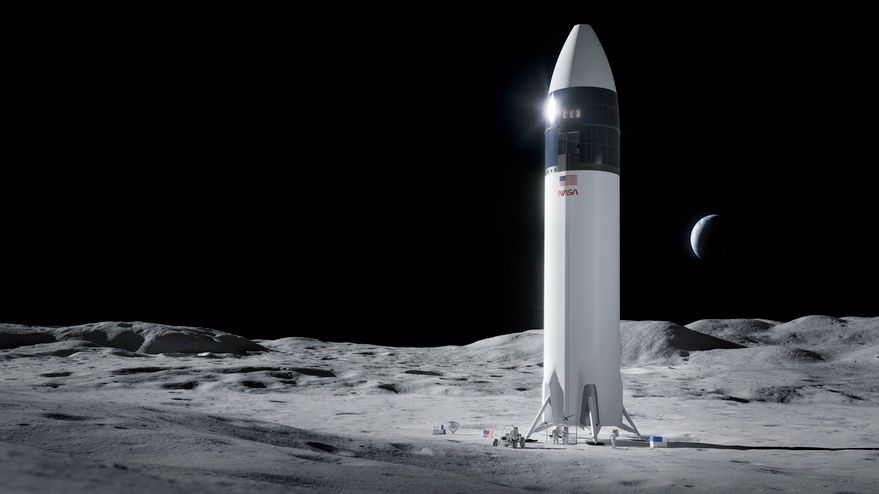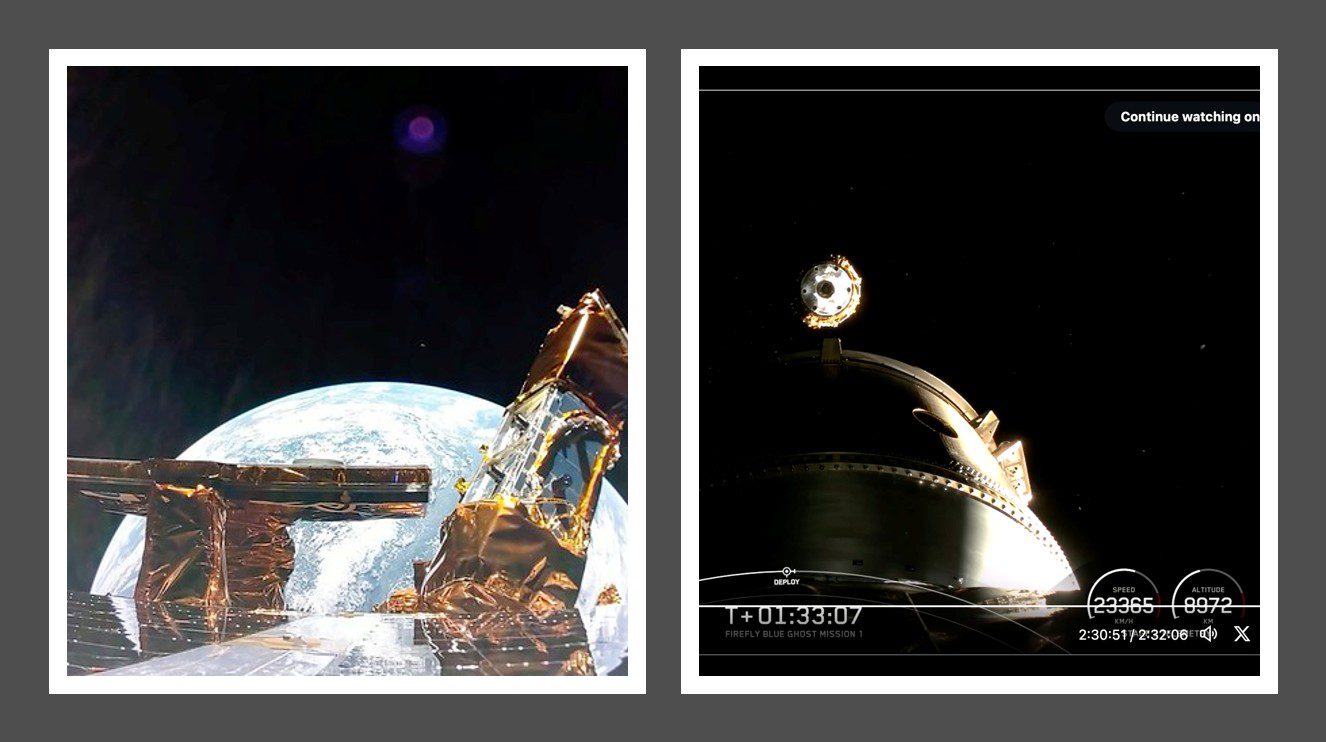The little German-designed Philae minilab lander, which stole the headlines in November 2014 when it made a bouncing landing onto the nucleus of Comet 67P/Churyumov-Gerasimenko, is thought to have died of “hypothermia”. The lander, which originally cadged a lift to the comet on ESA’s Rosetta comet orbiter, was placed in enforced hibernation after the craft ran out of power at 0015 GMT on 15 November after 60 hours operation on the surface. There was apparently not enough illumination from the solar arrays at the shady site where Philae found itself lodged.
The 90kg lander came back to life on 13 June 2015 as the approaching Sun allowed enough illumination for power to be generated. This enabled the awakened Philae to transmit some of its data packets back to Earth during intermittent relay communications via Rosetta, when that spacecraft was in the correct position as it orbited the comet.
However, the last signal received from the lander was on 13 July 2015 and since then further attempts at reconnecting with the craft have failed. As the comet began to move away from the sun, illumination was reduced and the temperature sank dramatically. A final attempt on 12 January 2016 to move the spacecraft to a better illuminated position, by instructing it to spin up its flywheel, failed to work, and the mission run by the DLR (German Aerospace Establishment) was formally ended. It is thought that cold temperatures finally ended the spacecraft’s life. Scientists are disappointed at Philae’s demise because the lander still had stored scientific data to be transmitted.





